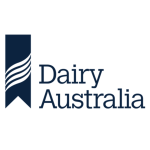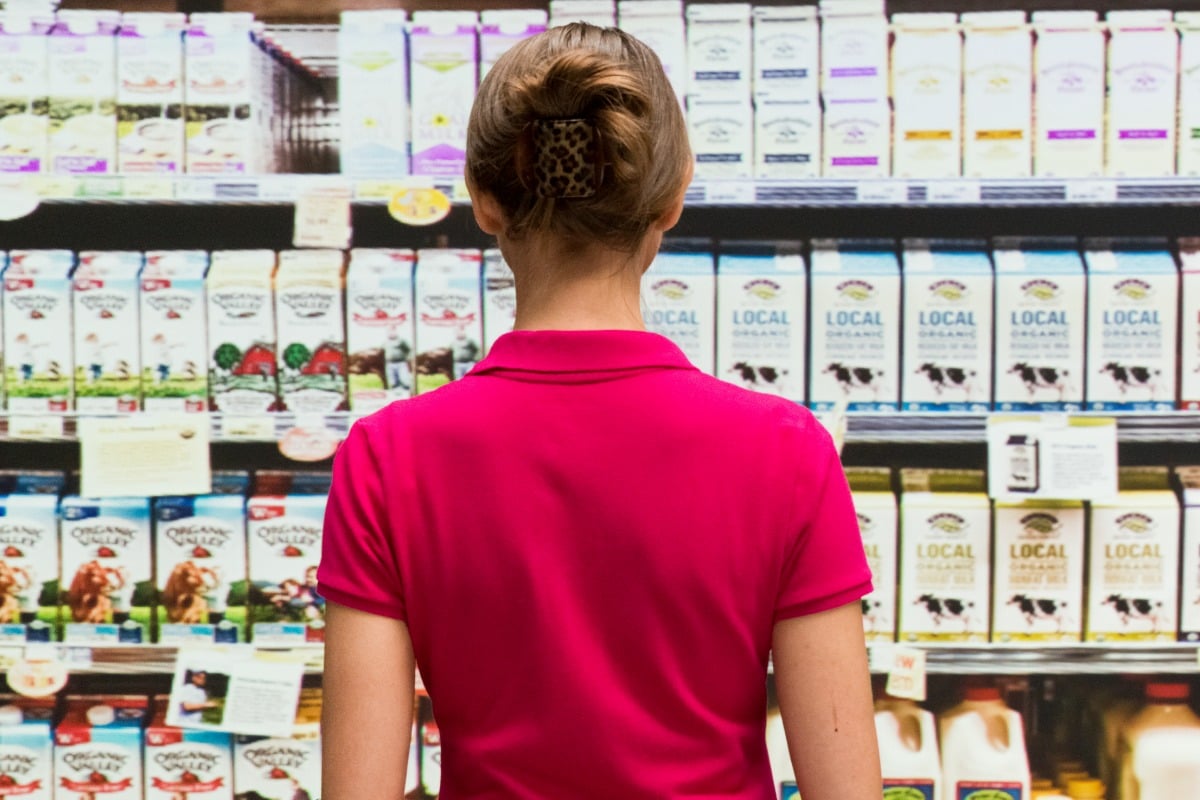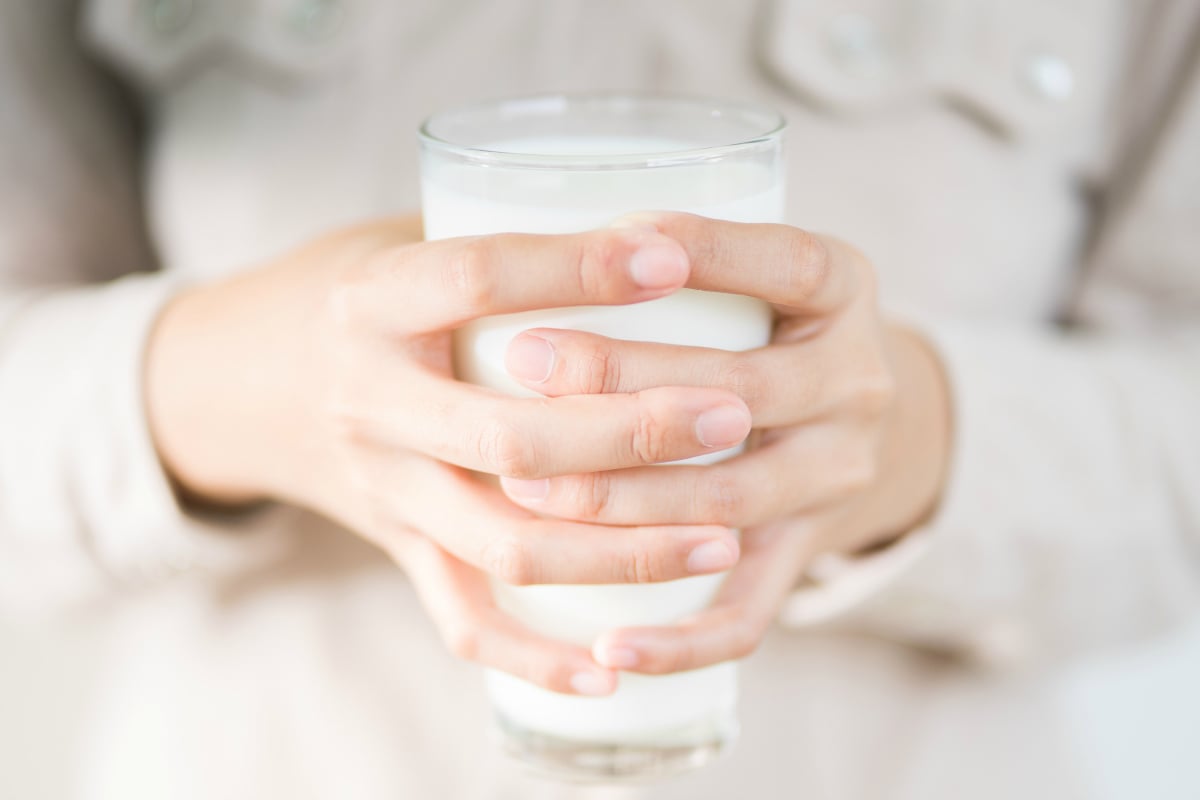

Before you grab the milk out of your work fridge and pour it into your tea, do you ever think about what’s in it?
When you whack a bit of cream on a delicious piece of chocolate cake, do you consider how the cream was made?
What about when you grate some cheese onto your spaghetti bolognese? Do you ever think to yourself, ‘I wonder how this was processed?’
According to the Australian Dietary Guidelines, the consumption of dairy products such as milk, cheese and yoghurt are linked to multiple health benefits, such as the reduced risk of heart disease, stroke, high blood pressure, and type 2 diabetes.
But after the milk comes out of the cow on the farm, where does it go? How are dairy products in Australia produced?






























































































